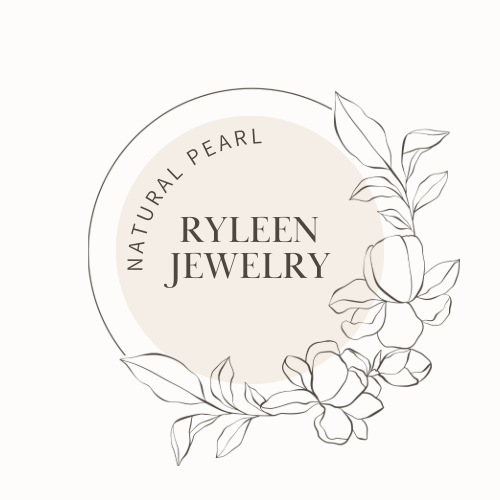Pearls Guide
1|Freshwater Pearls Aren’t Always Cheap
- Top-tier freshwater pearls can be stunning—and pricey.
- Perfectly round, clean, high-luster ones can cost $100+ per pearl.
2|Akoya = Classic, Round, Small
- Typically 6–8mm in size.
- Sharp luster and perfect roundness are key traits.
- If it’s big, dull, and cheap—it’s likely not Akoya.
3|South Sea & Tahitian = Rare and Expensive
- South Sea pearls are large, white or gold, and luxurious.
- Tahitian pearls have dark, exotic tones.
- A single pearl for $300 is normal; a whole strand for $299? Suspicious.
Final Note: You don’t need to be a gemologist—just informed. When someone offers “South Sea style” for $79, you’ll know better.
You may have heard:
- “Real pearls need to be bitten.”
- “Fake ones peel in water.”
Let’s be real—you can’t do that at the counter. Try these instead:
1|Check the Glow
- Real pearls glow softly from within.
- Fakes glare like plastic or painted beads.
2|Inspect the Drill Hole
- Real pearls show tiny pits or irregular edges.
- Fakes look machine-perfect and too clean.
3|Move It and Watch the Color
- Real pearls shift in tone and color (“orient”).
- Fakes stay flat—like paint on plastic.
Bonus Tests (if you're holding it):
- Feel the temp: Real = cool at first touch. Fake = room temperature.
- Rub two pearls: Real = slightly gritty. Fake = smooth and silent.
What about burning?
- Real: Might darken slightly, no melting or smell.
- Fake: Bubbles, peels, smells like glue.
🔥 Fire works—but destroys. Just trust your eyes and new knowledge.
Let’s break down the pearl types so you can shop with clarity:
1|Freshwater Pearls
- Origin: Lakes/rivers in China.
- Traits: Varied shapes (round, oval, baroque); white, pink, lavender tones.
- Affordable, ideal for everyday wear.
2|Akoya Pearls
- Origin: Japan and China.
- Traits: Bright luster, perfectly round, white/ivory/pink/silver tones.
- Smaller size (2–10mm). Classic and elegant.
3|South Sea Pearls
- Origin: Australia, Philippines, Indonesia.
- Traits: Largest size (9–20mm), silver/gold hues, soft glow.
- Rare and luxurious—true statement pearls.
4|Tahitian Pearls
- Origin: French Polynesia (mainly Tahiti).
- Traits: Naturally dark—black, green, blue, aubergine overtones.
- Bold and mysterious. Sizes: 8–14mm.
1|Cheap Exists—But So Does Luxury
- Yes, $39 freshwater pearl strands exist.
- But so do $399 ones—and they’re worth it.
- Key differences: luster, size, shape, surface, matching.
2|Top-Grade Freshwater Can Rival Akoya
- Perfectly round, glowing, and blemish-free pearls are not “cheap.”
- They’re premium—sometimes indistinguishable from Akoya.
3|What You See at $39 vs. $399
- Cheap: dull, uneven, flawed.
- Luxury: clean, matched, glowing, cohesive.
Final Takeaway: Don’t judge by “freshwater” alone. Look closer and know what to ask.
Not a defect—but a rare, romantic accident.
- Keshi = “poppy seed” in Japanese.
- Formed without a core—100% nacre.
- Freeform shapes, intense luster, always unique.
Value: Rare, unpredictable, prized by designers. Some South Sea Keshi strands are more expensive than round ones.
Best For:
- Lovers of individuality and natural beauty.
- Those who want one-of-a-kind elegance with a story.
In short: It’s not a leftover. It’s the star. A Keshi pearl is the woman who bloomed by defying the script.
Tired of perfect rounds? Meet Baroque.
- Baroque means bold, irregular beauty.
- They may look like teardrops, clouds, moons—no two are alike.
- Loved for depth, texture, and natural artistry.
Value:
- Top-grade South Sea or Tahitian Baroques can match or exceed round pearls in price.
- Not “leftovers”—they're sculptural masterpieces.
Perfect For:
- Anyone who embraces uniqueness and character.
- Women who wear stories—not just jewelry.
In short: A Baroque pearl is unforgettable. She's not perfect—she's powerful.
